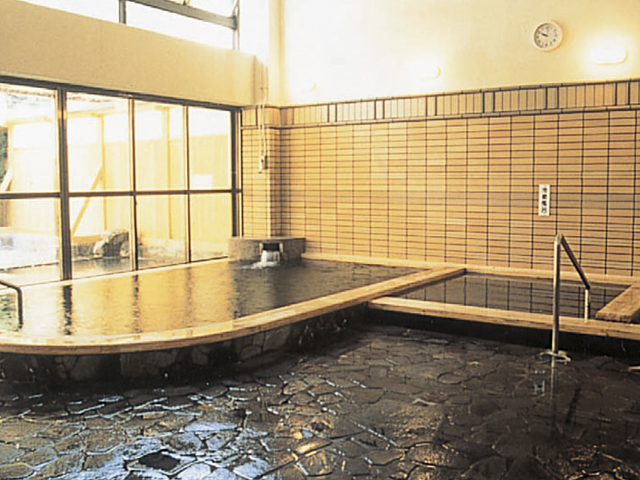
保養センター下市温泉秋津荘 明水館
療養の湯として知られた下市温泉。その湯を大浴場や露天風呂のジャクジー、冷泉風呂などにたたえた日帰りの温泉施設。食堂「ごんた食堂」では、定食やうどんなどが手頃な価格で提供され、なにより売りにしているのが大和ポークのトンカツ定食1300円、生姜焼重900円、下市町で養殖されたバナメイエビを使った天丼1050円(要確認)、お造り750円(要確認)で販売。
Info
Business Hours
Price
Spot Category
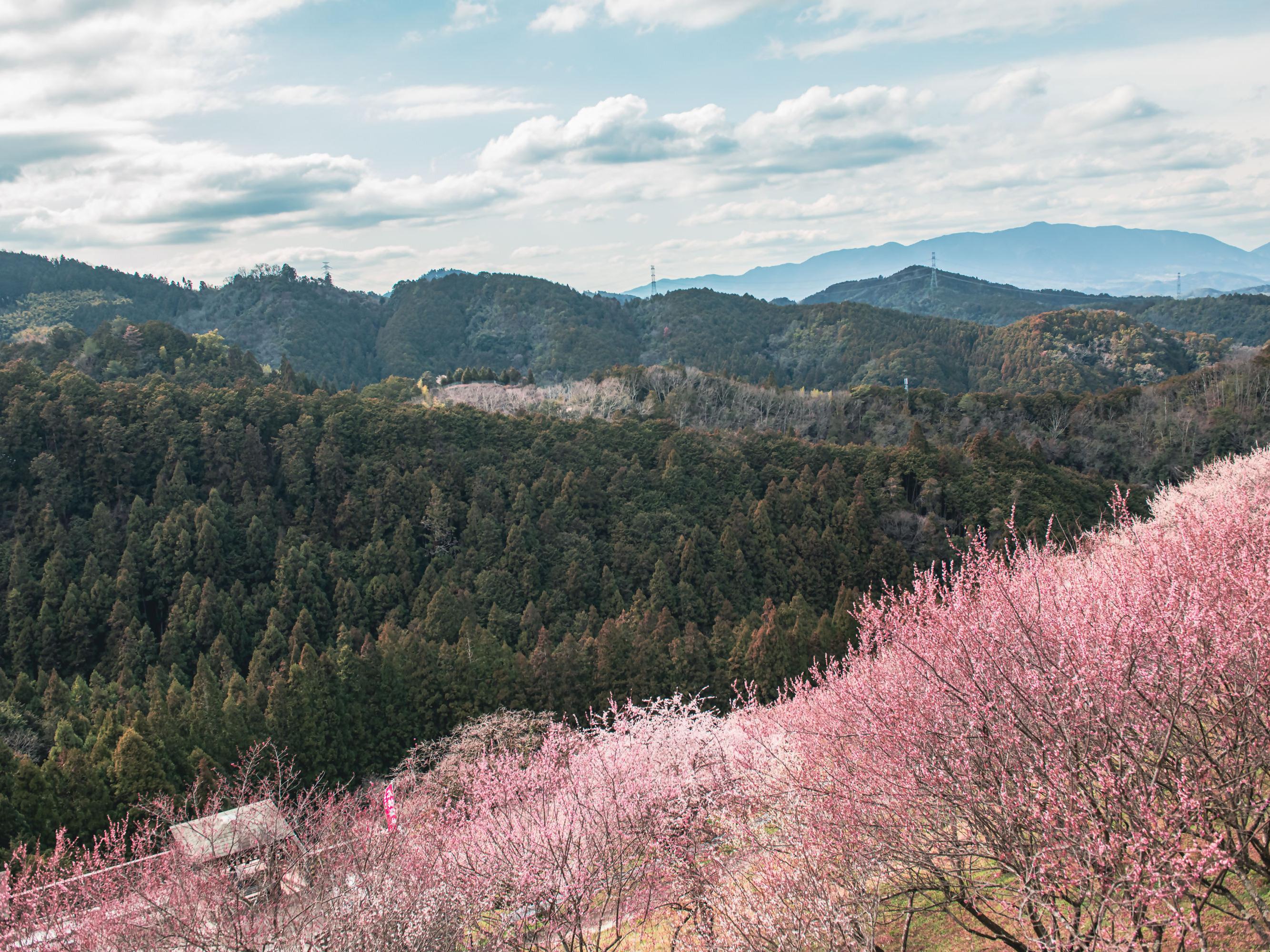
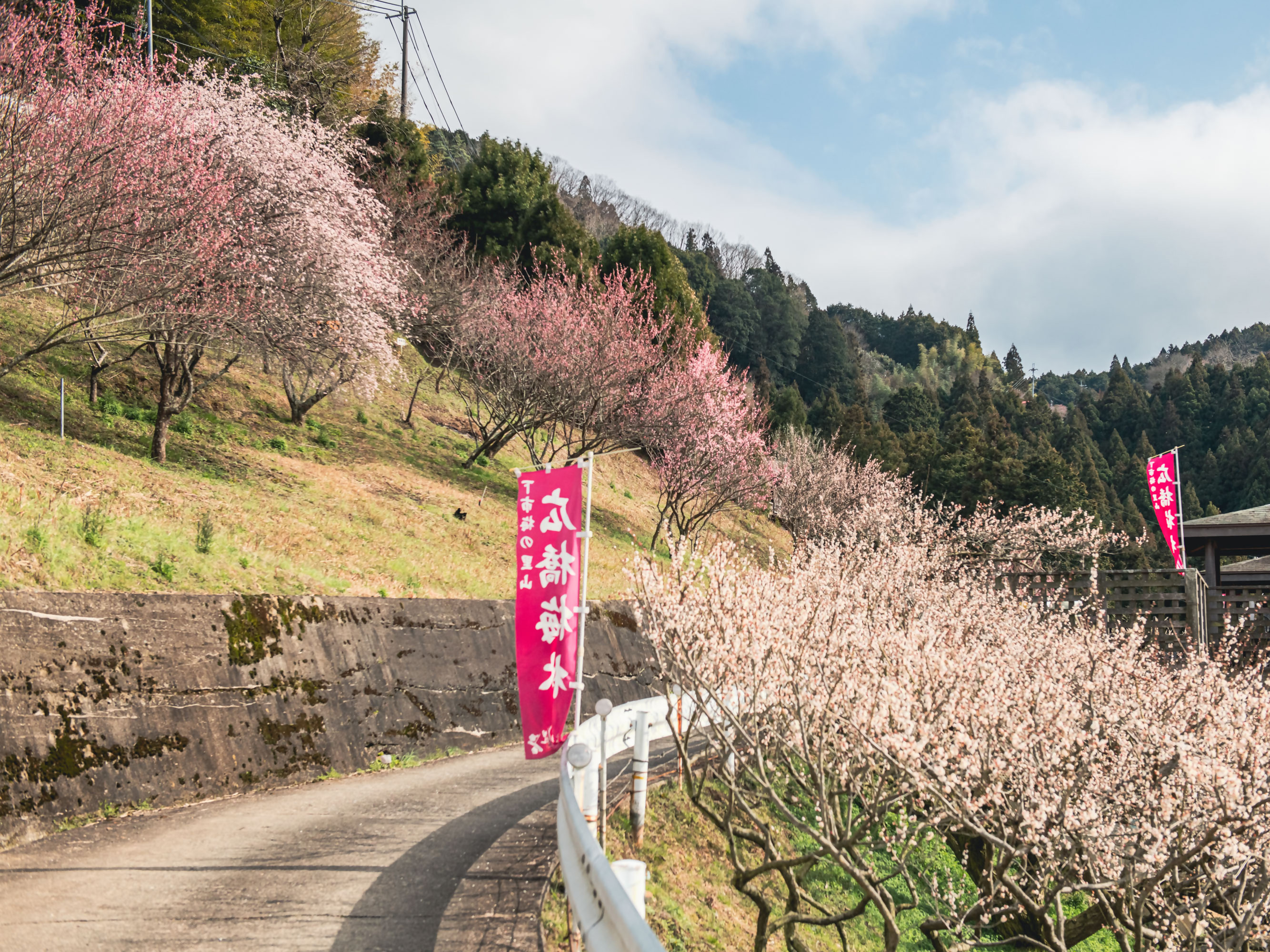
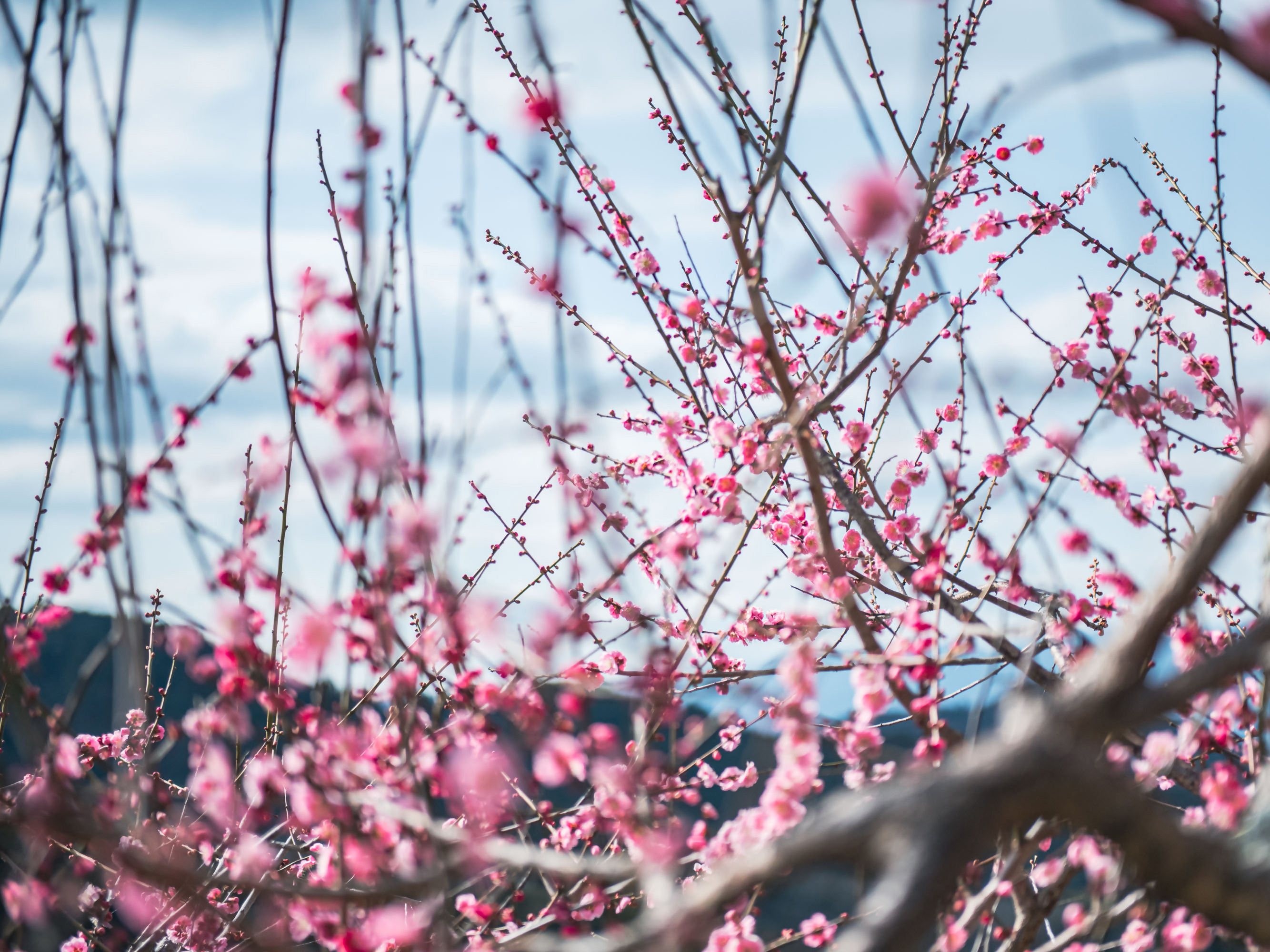
The information provided reflects the details available at the time of the survey.
Please note that facility details may change due to the facility’s circumstances, so please check for the latest information before visiting.
This content has been translated using machine translation.
Information provided by: JTB Publishing
The content uses an automatic translation service, which is not always accurate.
The translated content may be different from the original meaning, so please understand and use it.

療養の湯として知られた下市温泉。その湯を大浴場や露天風呂のジャクジー、冷泉風呂などにたたえた日帰りの温泉施設。食堂「ごんた食堂」では、定食やうどんなどが手頃な価格で提供され、なにより売りにしているのが大和ポークのトンカツ定食1300円、生姜焼重900円、下市町で養殖されたバナメイエビを使った天丼1050円(要確認)、お造り750円(要確認)で販売。

The root dojo of Shugendo, which is invariably attended by those who aspire to Mt. [Omine-san], is said to be the beginning when an actor discovered a spring in the Dorogawa and celebrated the Great King of Yagai. The gayer cleans himself with the shimizu of the precinct before entering the mountain.

World Heritage Site Enki Shiki Nai Taisha Mei Shrine. It is an old shrine that stands quietly in Okushinhon of Mt. Yoshino, and is the god of the landowner of Mt. Kinen (from Mt. Yoshino to Mt. A World Heritage shrine dedicated to Kanayama Bikokami [Kanayama Hikokami], also known as Kinsei Myojin [Konsho Myojin]. Since the Middle Ages, it is known as the line of Shugendo. A gilt-copper kyoshiki (national treasure) buried by Fujiwara Michinosho was excavated during the Edo period. A little further down the shrine, the Hidden Tower of the Yoshitsugu, which is said to have been hidden by a pursuer, remains. When he was surrounded by his pursuers, he kicked the roof and ran away, so he is also called a tower of kicking.
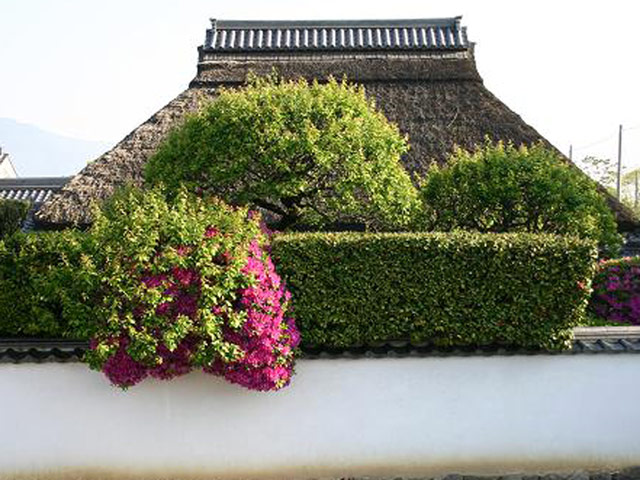
It is said to have been founded in the late Heian period by Taira Shigemori. The three statues of the Honson Yakushi of the Fujiwara era are enshrined in the main hall. It is also known as a famous place of button, and in the season, 1000 glossy buttons of 100 species bloom. Azalea, Oyama Aenge and Small Chrysanthemum are also beautiful.
This website uses cookies so that we can provide you with the best user experience possible. Cookie information is stored in your browser and performs functions such as recognising you when you return to our website and helping our team to understand which sections of the website you find most interesting and useful.
Strictly Necessary Cookie should be enabled at all times so that we can save your preferences for cookie settings.
If you disable this cookie, we will not be able to save your preferences. This means that every time you visit this website you will need to enable or disable cookies again.
